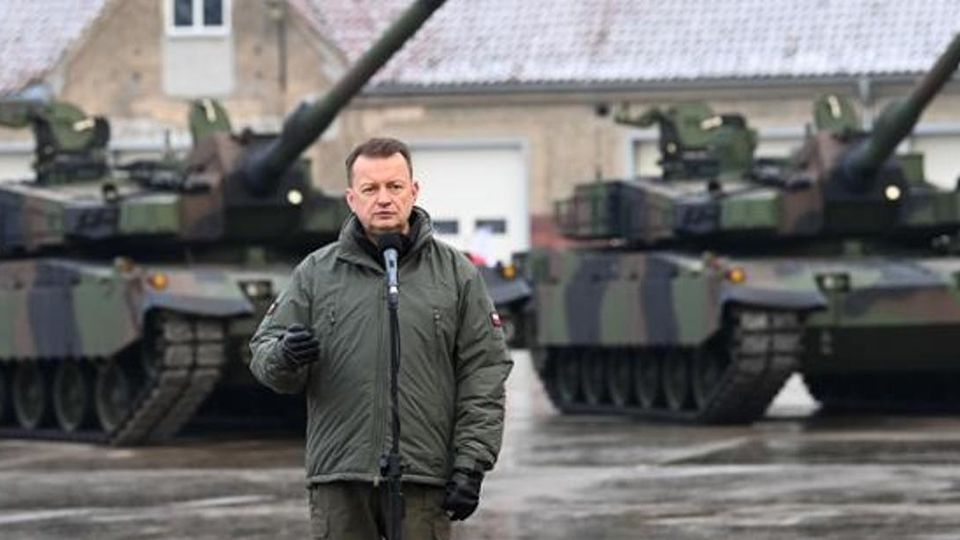June 11, 2025
SEOUL – The outlook for South Korean defense companies has grown brighter following recent remarks by the head of the North Atlantic Treaty Organization, who called for a “quantum leap” in collective defense-bolstering momentum for Korean arms exports, which have already been firing on all cylinders.
“Russia could be ready to use military force against NATO within five years,” NATO Secretary-General Mark Rutte warned in a speech at Chatham House in London on Monday.
“China is also modernizing and expanding its military at breakneck speed. Last week, NATO defense ministers agreed on ambitious new targets. The exact details are classified, but we need a 400 percent increase in air and missile defense. We see in Ukraine how Russia delivers terror from above, so we will strengthen the shield that protects our skies,” he said.
Rutte added that all NATO member states are expected to meet the alliance’s minimum defense spending target of 2 percent of gross domestic product this year.
Looking ahead to the NATO summit in The Hague, Netherlands, on June 24 and 25, he said he anticipates leaders will agree to increase spending even further — to 5 percent of gross domestic product — arguing that threats to global security will persist beyond the war in Ukraine.
Later that day, Canadian Prime Minister Mark Carney confirmed that Canada would meet NATO’s 2 percent defense spending threshold this fiscal year, with plans to accelerate military investments in the years to come.
“In an increasingly dangerous and divided world, Canada must assert its sovereignty,” Carney said in a speech at the University of Toronto. “We will rapidly procure new equipment and technology, build our defense industrial capacity, and meet our NATO defense commitment this year. Canada will seize this opportunity with urgency and determination.”
NATO’s push to increase defense budgets follows mounting pressure from US President Donald Trump, who has repeatedly called for a minimum of 5 percent of GDP in military spending among NATO members.
These developments are fueling optimism within South Korea’s defense industry, as NATO countries ramp up procurement and upgrade their arsenals.
According to the International Institute for Strategic Studies, European defense spending rose 11.7 percent year-on-year to reach $457 billion in 2024. If NATO’s European members were to raise spending to 5 percent of GDP, that could surge to $800 billion.
South Korea has seen record-breaking arms exports in recent years, led by deals with Poland — one of NATO’s most aggressive military spenders. In 2022, Poland signed a $44.2 billion deal to purchase a range of Korean-made weapons systems, including Hanwha Aerospace’s K9 self-propelled howitzers, Hyundai Rotem’s K2 main battle tanks and Korea Aerospace Industries’ FA-50 light combat aircraft.
Polish President Andrzej Duda openly praised Korean weapons exports at a NATO press conference in March, saying Poland had turned to Korean manufacturers because they could “supply wonderful modern weapons within just a few months” of the outbreak of Russia’s war in Ukraine.
Building on this partnership, Hyundai Rotem and the Polish government are nearing a deal worth $6 billion to supply 180 additional K2 tanks to Warsaw. According to defense industry sources, a signing ceremony is expected to take place in Poland later this month. If completed, it would mark Korea’s largest single arms export deal to date.
Of the 180 K2 tanks, 117 will be manufactured by Hyundai Rotem in Korea, while the remaining 63 will be produced locally in Poland by the state-owned defense company PGZ.
“While Korean defense exports to Poland suggest a stronger foothold for our industry in Europe, both the government and companies need to deepen ties with the region. NATO prioritizes interoperability among its member states’ weapons systems,” said an official at a Korean defense firm.
“As local production and partnerships become more important, our companies are actively exploring ways to establish European operations. The Korean government should step up and provide leadership — a control tower — to support the country’s defense exports,” the official added.
hwkan@heraldcorp.com


